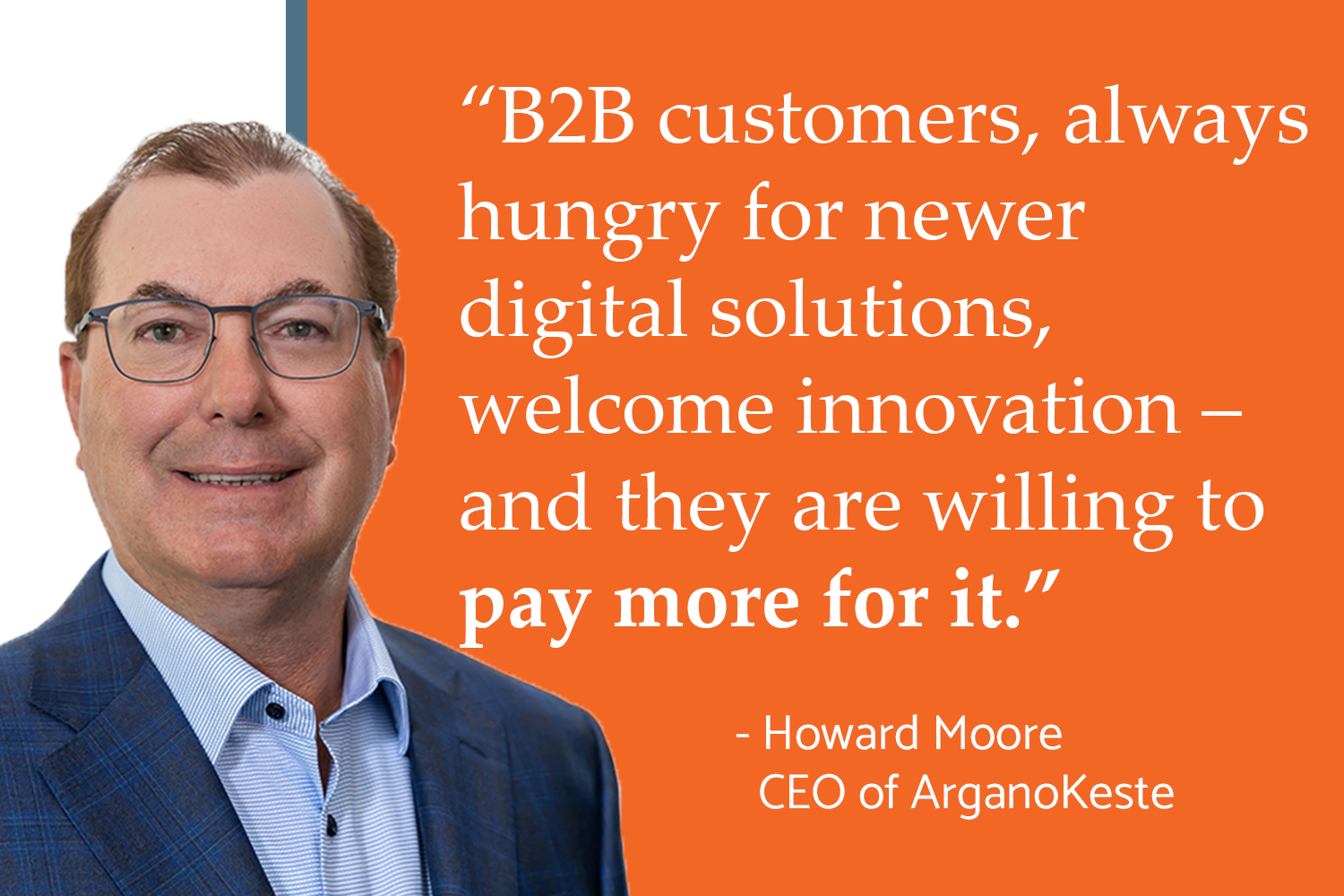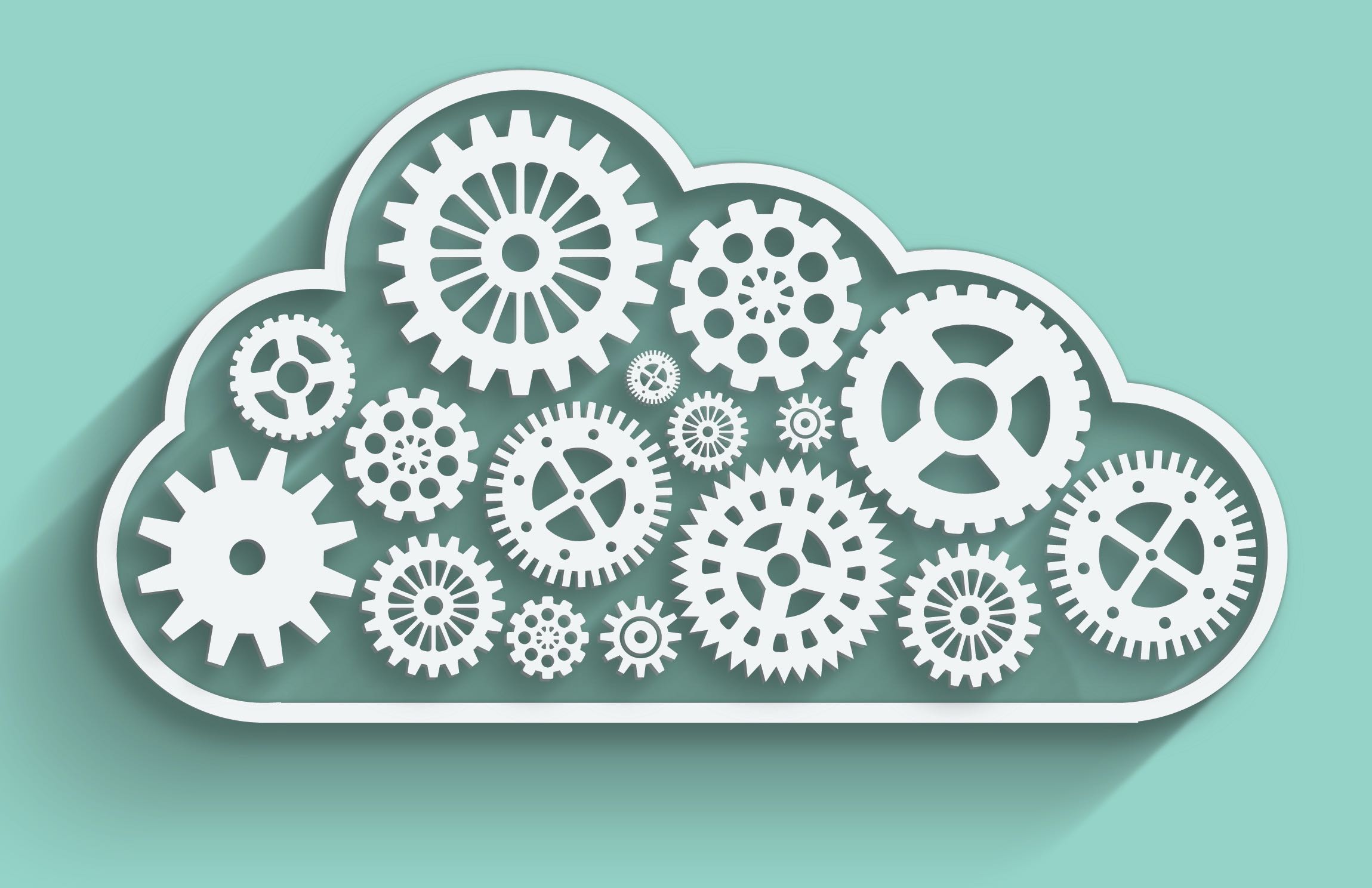In today’s hyper competitive market, knowledge is king…and queen…and jack…and ace. And most businesses are looking for ways to make the most of the growing volume of data at their disposal. In most cases, these companies are prioritizing the automation of systems connected to data collection and dissemination to stay one step ahead of their competitors, and that’s where Oracle Analytics Cloud can help in multiple ways.
ways to make the most of the growing volume of data at their disposal. In most cases, these companies are prioritizing the automation of systems connected to data collection and dissemination to stay one step ahead of their competitors, and that’s where Oracle Analytics Cloud can help in multiple ways.
Oracle is a leading tech company in database management offering multiple services, such as cloud services and license support, hardware, software license updates and product support, SaaS, and much more.
Oracle has also introduced a tool that helps revolutionize your data processing techniques, which involves harmonizing the data flow in a way that’s both secure and immediately impactful: the Oracle Analytics Cloud (OAC)
Before digging into the features and the benefits, let’s start by getting a better understanding of OAC, in and of itself.
What Is Oracle Analytics Cloud All About?
Analytics solutions are all about providing insights that help give businesses a competitive advantage, typically via presenting a lay of the land, a bird’s eye view.
Oracle Analytics Cloud goes further by analyzing and presenting data in a way that more quickly enables a business to act on that data. Not just presenting insight, but presenting actionable insights.
In essence, OAC is a cloud service with a range of features and options that data analysts can easily leverage. Some of its many features include:
- Data flow management
- Collaborative analytics for any sources of data
- Lifecycle management with the help of automation
- Straightforward scaling and patching
Let’s take a closer look at some of these features and capabilities.
Key Features of Oracle Analytics Cloud
OAC provides the flexibility analysts need to process data at their convenience. The following list outlines some of the top functionalities the system has to offer.
- Data preparation: Analysts can use the Oracle Analytics Cloud to divide and sort data from disparate sources via different algorithms.
- Easy data flow: Using OAC, businesses can create, alter, and aggregate data to perform machine learning models.
- Natural language generation: Businesses can use the Oracle Analytics Cloud to translate data visualizations into easy to understand language. E.g., it can present the data in bullet points, so analysts can understand the key findings quickly.
- Streamline the collaboration process: Different departments in large-scale companies can use the system to share data. It eliminates the need to handle and look at various spreadsheets, making it easier to both collect and codify datasets.
- Data visualization: Data analysts can choose from several types of visualizations that they can view on various devices or in the cloud. Moreover, it also suggests the best visualization type to get the most valuable insights from each dataset.
Benefits of Moving to Oracle Analytics Cloud
Features rarely tell even half the story. It’s how you put those features to work to discover and deliver benefits to your business that matters. Here are just a few that can be enjoyed by switching to Oracle Analytics Cloud.
- Cost-effectiveness: By enabling rapid analysis without complex coding or technical know-how (let alone having to purchase and maintain your own hardware), Oracle Analytics Cloud allows you to communicate findings and derive actionable insights at a lower cost. As with most every cloud-based solution, it’s easily scalable to accommodate changing business needs.
- More complete insights: Using OAC makes it easy for your business to simplify the data preparation and handling process. It can use data from all sources, providing in-context analysis that enables you to make the best decisions for your business.
- Increased productivity: OAC gives businesses a harmonious analytics process with all the relevant information for a multitude of data sets. Different departments within a company are therefore able to analyze the data in a way that’s best suited to their needs. Additionally, streamlined reporting, sophisticated data visualization, what-if scenario modeling, and other capabilities are designed to help increase overall productivity.
- Talk to your data with voice-to-text: OAC offers voice-to-text functionality, allowing you to talk to your data. You can ask any question, and it will present the appropriate visualizations in front of you. It’s simple to use and requires no coding or lengthy searches to locate the right datasets.
- Leverages Machine Learning (ML) and Artificial Intelligence (AI): OAC incorporates both ML and AI, which serve to help users to find the data and insights they need – even if they’re not sure what they’re looking for, or where to start. You can also leverage OAC’s ML and AI capabilities to analyze customer behavior, discover data set sources, and more.
- Accurate analysis and forecasting: Perhaps most importantly, by offering a cloud-based analytics solution that can connect to multiple data sources and systems, the Oracle Analytics Cloud improves forecasting and real-time decision-making, giving every business that uses it a competitive edge.
Which Big Names Are Using Oracle Analytics Cloud?
A growing number of companies are leveraging Oracle Analytics Cloud, taking advantage of its capabilities to improve business analytics strategies. Here are some large corporations in various sectors that are currently benefiting from its features:
- Anthem, Inc. – Insurance industry
- Daimler – Automotive industry
- HM Revenue & Customs – UK-based government organization
- US Air Force – US-based government organization
- Volkswagen – Automotive industry
OAC isn’t just for major enterprises, though. Besides these large corporations, many small and medium businesses are integrating Oracle Analytics Cloud into their operations.
OAC’s autonomous analytics platform leverages machine learning and other technologies to locate the right datasets, refine the data, incorporate contextual insights, and improve predictive capabilities over time.
By reducing reliance on data analysts and programmers, OAC makes data analytics more accessible for everyone while making it easier to understand and–more importantly–use your data.
This article was originally published on argano.com








